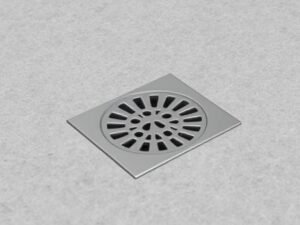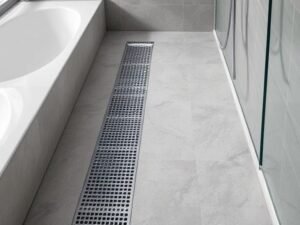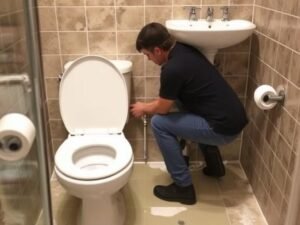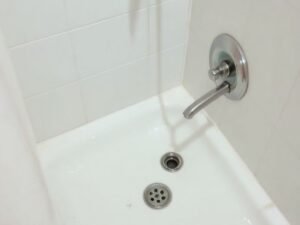Table of Contents
- Introduction
- Why Sealing a Shower Drain Matters
- 6 Best Ways to Seal a Shower Drain
- About Noah Household Technology Co., Ltd.
- Maintenance Tips for a Leak-Free Shower Drain
- Summary Table
- References
Introduction
A properly sealed shower drain is essential for preventing leaks, avoiding foul odors, and maintaining the structural integrity of your bathroom. Without proper sealing, water can seep into subflooring, causing mold, mildew, and expensive damage. In this article, we’ll discuss the 6 best methods to seal a shower drain, explore high-quality bathroom drainage products from Noah Household Technology Co., Ltd., and share maintenance tips to keep your shower leak-free.
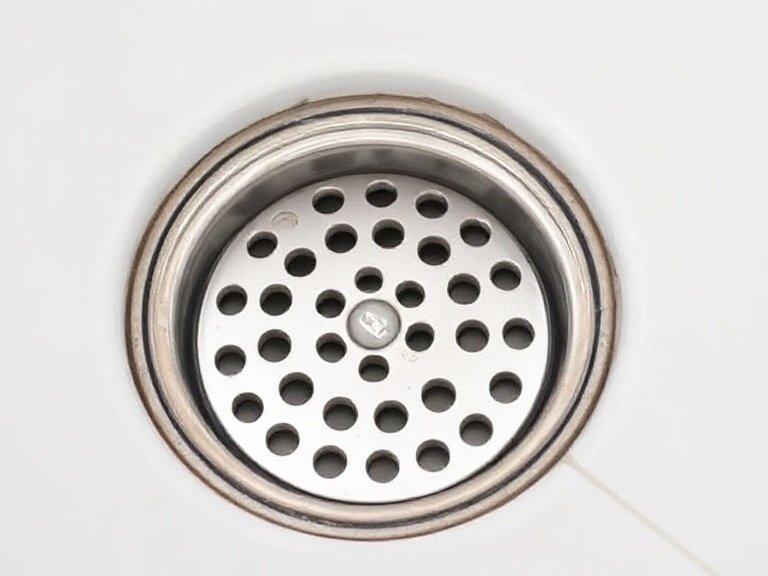
Why Sealing a Shower Drain Matters
Shower drains are one of the most vulnerable points in any bathroom. If not properly sealed, they can lead to:
- Water Damage: Unsealed drains allow water to seep under tiles and into subfloors.
- Mold & Mildew Growth: Constant moisture promotes harmful microbial growth.
- Foul Odors: Gaps in sealing allow sewer smells to escape into your bathroom.
- Costly Repairs: Structural damage from water leaks can be expensive to fix.
6 Best Ways to Seal a Shower Drain
1. Using Plumber’s Putty
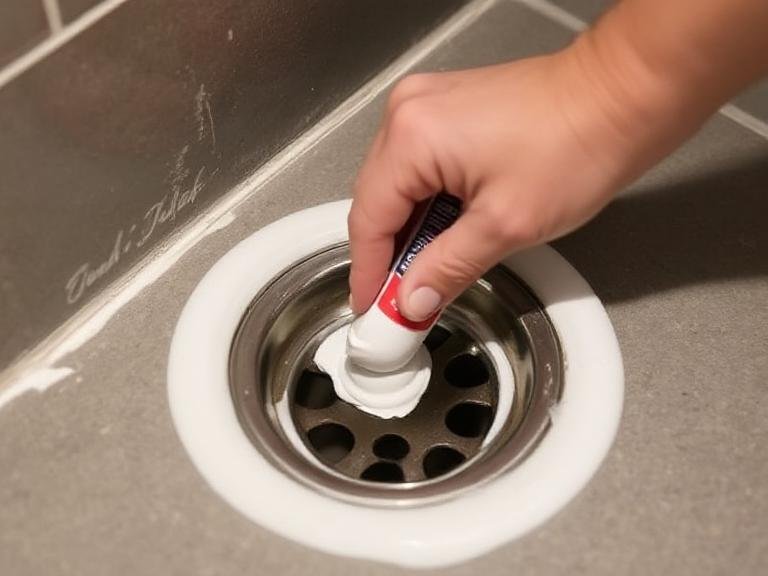
Plumber’s putty is one of the most common materials for sealing shower drains. It is malleable, easy to apply, and provides a watertight seal between the drain flange and the shower base.
- Clean the area around the drain opening.
- Roll plumber’s putty into a rope-like shape.
- Apply around the underside of the drain flange.
- Tighten the drain in place and wipe away excess putty.
2. Applying Silicone Caulk
Silicone sealant is excellent for creating a flexible, waterproof barrier around the drain edges. Unlike putty, silicone is more resistant to mold and mildew.
- Clean and dry the drain area thoroughly.
- Apply a bead of 100% silicone caulk around the drain.
- Smooth the bead with a caulk tool or finger for a tight seal.
- Allow it to cure for at least 24 hours before using the shower.
3. Using a Compression Gasket
A compression gasket is ideal for securing a drain to the shower pan without the need for messy sealants. It creates a mechanical seal that is leak-resistant.
- Place the gasket between the shower base and the drain body.
- Tighten the drain nut until snug, compressing the gasket.
- Test for leaks by running water for several minutes.
4. Installing a Waterproof Membrane
For tiled showers, a waterproof membrane under the tiles ensures water doesn’t seep into the subfloor.
- Lay the membrane across the shower floor before tile installation.
- Cut out an opening for the drain.
- Seal the membrane edges to the drain flange using compatible adhesive.
5. Epoxy Resin Sealing
Epoxy is a strong, durable option for sealing cracked or loose drains. It provides a permanent fix for problem areas where traditional sealants fail.
- Clean and roughen the surface around the drain.
- Mix epoxy resin according to the manufacturer’s instructions.
- Apply evenly and allow it to cure completely.
6. Replacing with Odor-Resistant or Modern Drain Designs
If your existing drain is old or damaged, replacing it with a modern, odor-resistant drain may be the best solution. Brands like Noah Household Technology Co., Ltd. offer a variety of premium options:
- Standard Type Shower Drain
- Odor-Resistant Type Shower Drain
- Ultra-Thin Type Shower Drain
- Invisible Shower Drain
- Linear Wall Shower Drain
- Square and Triangular Bathroom Drains
Modern drains often come with built-in sealing features, making installation easier and reducing the risk of leaks and odors.
About Noah Household Technology Co., Ltd.

Noah Household Technology Co., Ltd., established in 2024, is a leading bathroom solutions provider formed through a collaboration between Ningbo Yize Bathroom Products Co., Ltd. and Guangdong Haiyang Bathroom Co., Ltd. With over 10 years of combined experience, Noah specializes in high-quality bathroom products tailored for European, Middle Eastern, and North American markets.
Their factory, located in Xuancheng City, Anhui Province, covers over 10,000 square meters and produces up to 80,000 floor drains monthly. Their main product lines include:
- Standard Type Shower Drain
- Odor-Resistant Type Shower Drain
- Ultra-Thin Type Shower Drain
- Invisible Shower Drain
- Wall Shower Drain
- Linear Wall Shower Drain
- Strip Vertical Shower Drain
- Square Bathroom Drain
- Triangular Bathroom Drain
Maintenance Tips for a Leak-Free Shower Drain
- Regular Inspection: Check for loose drain covers or gaps in sealant every few months.
- Clear Clogs Quickly: Prevent standing water that can weaken seals.
- Reapply Sealant: Silicone caulk should be refreshed every 1–2 years.
- Choose Quality Products: Invest in odor-resistant drains with built-in gaskets for long-term reliability.
Summary Table
| Method | Best For | Advantages |
|---|---|---|
| Plumber’s Putty | Traditional Drain Installations | Easy to use, cost-effective |
| Silicone Caulk | Waterproof Sealing | Mold-resistant, flexible seal |
| Compression Gasket | Tool-Free Installation | Leak-proof, no curing time |
| Waterproof Membrane | Tiled Showers | Protects subfloor from water damage |
| Epoxy Resin | Repairing Cracked Drains | Permanent, durable fix |
| Replacing with Modern Drain | Upgrading Old Systems | Improved odor control, long-lasting |
References
- Family Handyman: How to Replace a Shower Drain
- Home Depot: How to Install a Shower Drain
- Noah Household Technology Co., Ltd. Official Website

